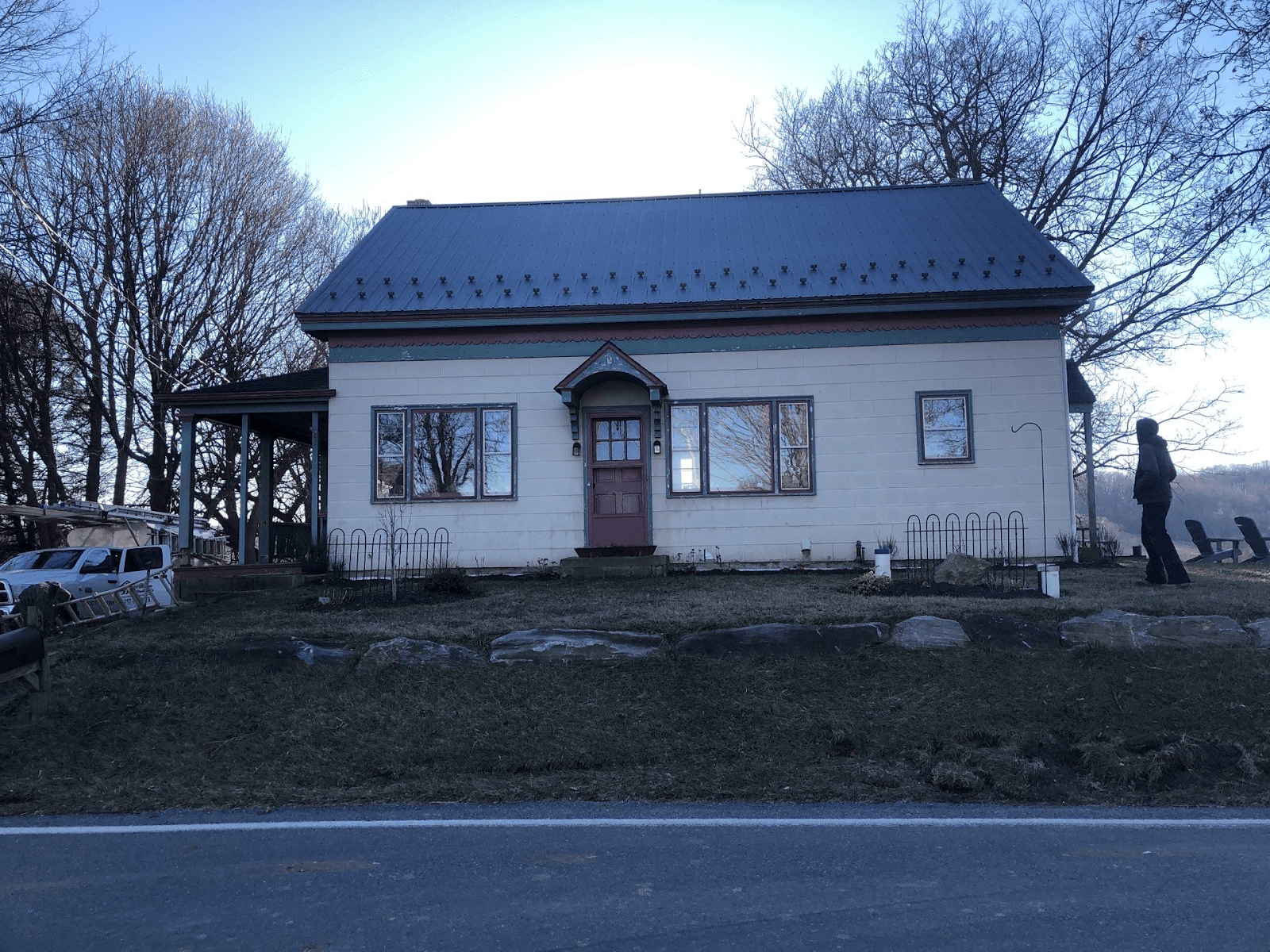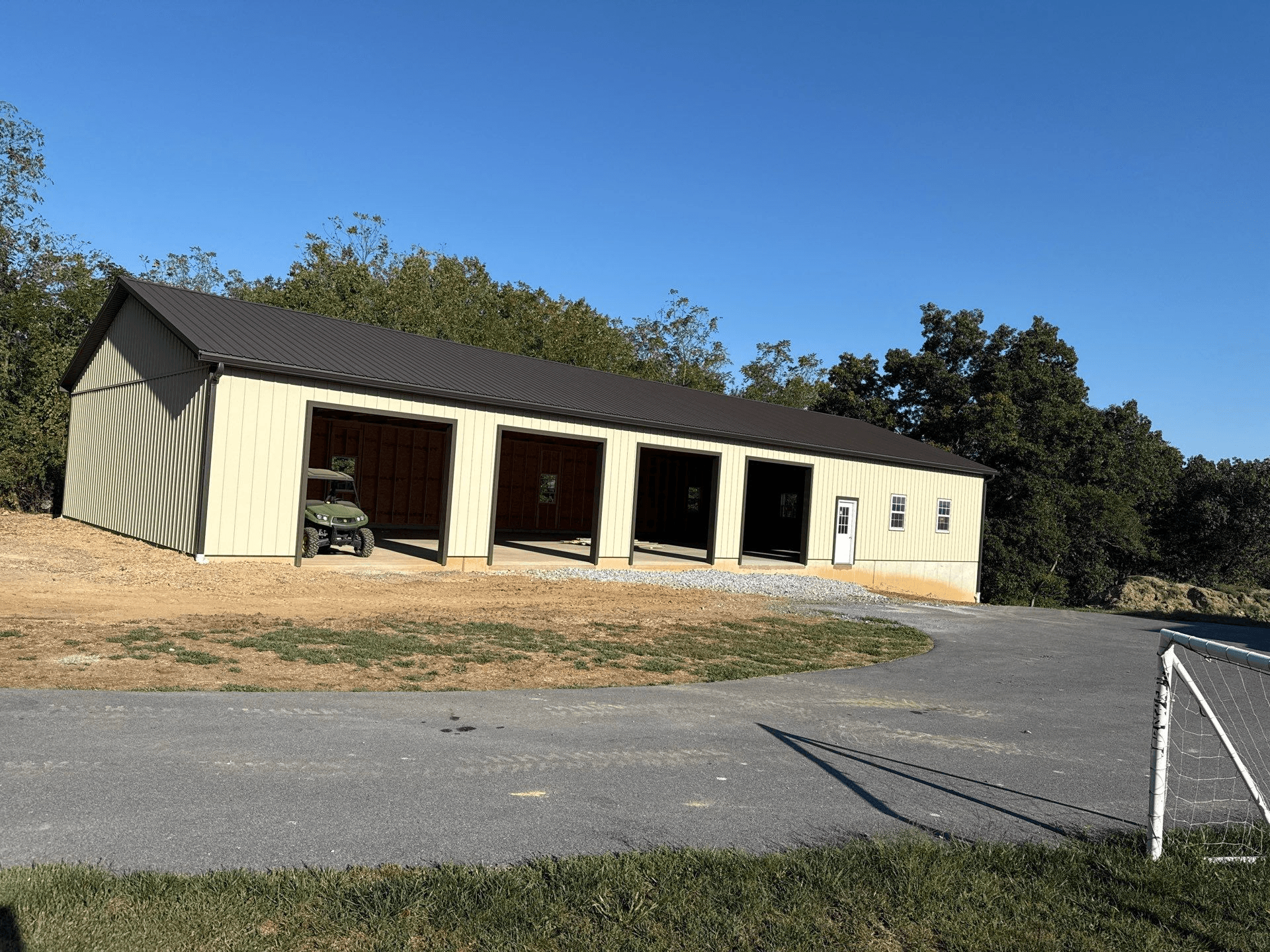
Is It Time to Replace Your Roof? Signs You Shouldn’t Ignore
Could your roof be silently crying out for help while you remain unaware of the warning signals? Your roof stands as your home’s first line of defense against nature’s elements, yet many homeowners miss the critical signs indicating it’s time for a replacement. At JJ Builders, we’ve seen countless situations where timely roof replacement could have prevented extensive damage to homes.
Table Of Contents
- The Age Factor
- Exterior Warning Signs
- Interior Warning Signs
- Structural Integrity Issues
- Weather-Related Damage That Signals Replacement Time
- The Energy Efficiency Connection
- When Professional Assessment Becomes Essential
- Conclusion
- FAQs
Roofs rarely fail overnight, they show warning signs first. Recognizing them can save you thousands and protect your home. Our guide helps you know when it’s time for replacement.
The Age Factor
One of the most reliable indicators that it’s time for roof replacement is age. Different materials have different lifespans, and knowing where your roof stands in its life cycle helps you plan ahead. Asphalt shingles, the most common roofing material in the U.S., generally last 15–20 years. If your roof is approaching this range, it’s smart to watch for signs of wear even if no damage is visible.
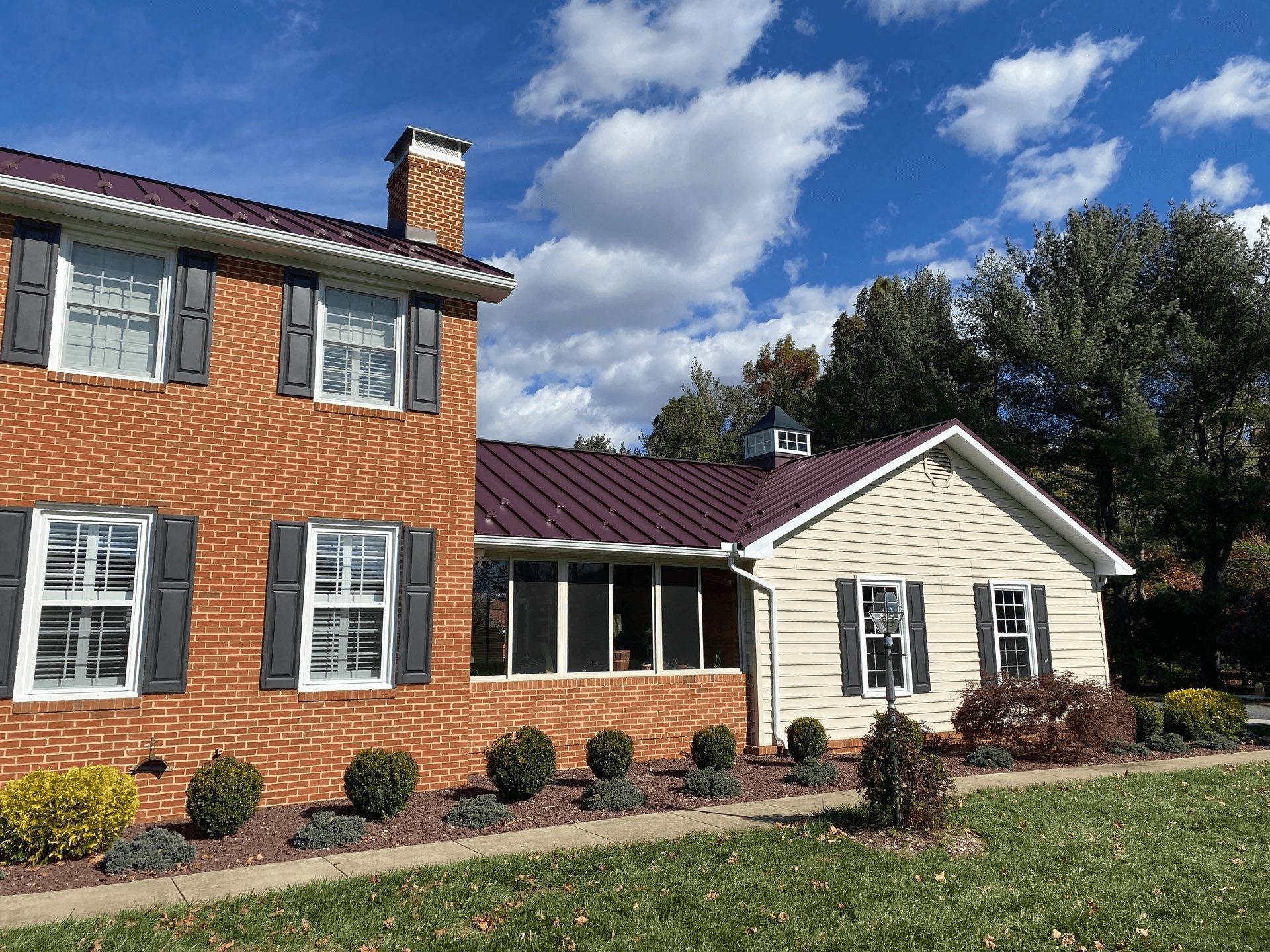
Metal roofs typically last 40–70 years, while clay or concrete tiles can endure 50–100 years under ideal conditions. Still, even these long-lasting materials eventually show their age through rust, panel separation, cracking, or chipping. It’s also important to consider the manufacturing date of your materials, older products may not hold up as well as modern options.
Waiting too long to replace an aging roof can lead to far greater costs. Beyond repairs, water intrusion can damage insulation, beams, walls, and belongings, and may promote mold growth that risks your family’s health. Proactive replacement helps protect both your home and peace of mind.
Exterior Warning Signs
The exterior of your roof often provides the most visible signs that replacement is necessary. When to replace a roof often becomes obvious when you notice these external indicators, though some can be subtle enough to miss without careful inspection.
Missing or Damaged Shingles
One of the clearest signs you need a roof replacement is missing, cracked, or damaged shingles. After storms, check for bare spots or shingles in your yard; both signal that your roof’s protective layer is failing.
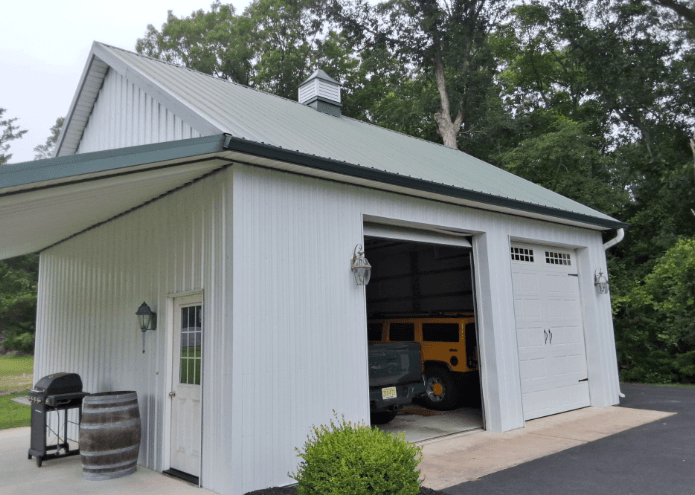
Damaged shingles don’t always disappear completely. Sometimes they crack, split, or become dislodged while remaining partially attached. This partial damage can be just as problematic as missing shingles, creating entry points for water. Our roof related services can address isolated damaged shingles, but when damage becomes widespread, replacement is often more cost-effective.
Curling and Buckling Shingles
Even if shingles are present, curling or buckling signals trouble. Curling creates gaps that let water in, while buckling (seen as waves or ripples) can point to deck issues or poor installation. Both reduce your roof’s ability to shed water and protect your home.
Granule Loss
As asphalt shingles age, protective granules wash away, leaving shingles vulnerable. If you find coarse, dark granules in gutters, it’s a sign of significant wear. While new roofs shed a few granules at first, ongoing loss from an older roof means replacement may be near.
Moss and Algae Growth
Moss isn’t just cosmetic, it traps moisture that can freeze, expand, and damage roofing materials. Algae, seen as dark streaks, signals ongoing moisture issues. If moss or algae keep returning despite cleaning, your roof may be too porous and ready for replacement.
Interior Warning Signs
What are the signs that my roof needs to be replaced that might be visible from inside your home? Interior indicators often provide the most compelling evidence of roof failure, as they demonstrate that water has already breached your roofing system.

Light Visible Through the Roof
This might seem obvious, but it’s worth stating: if you can see daylight through your roof boards when in your attic, you have direct openings for water to enter your home. These light gaps indicate holes or separations in your roofing system that require immediate attention.
Even small pinpoints of light can signal potential leak points. During your attic inspection, turn off all lights and look for any daylight penetrating through the roof. Any visible light means water can get in too.
Water Stains and Active Leaks
Water stains on ceilings or walls, often rings or patches, are clear signs of a leak. Active dripping signals an urgent issue, but even without drips, water can travel along rafters, so the leak may not be right above the stain. If you spot stains, it’s important to have your roof inspected promptly to prevent further damage.
Sagging Ceiling or Roof Deck
A sagging ceiling or roof deck signals serious structural damage, often from long-term water exposure or the weight of trapped water.
If you notice any sagging or depression in your ceiling or roof line, this requires immediate professional assessment. Sagging areas can collapse suddenly, posing serious safety risks to your family. Our custom building expertise includes structural repairs, but prevention through timely roof replacement is always preferable to emergency structural work.
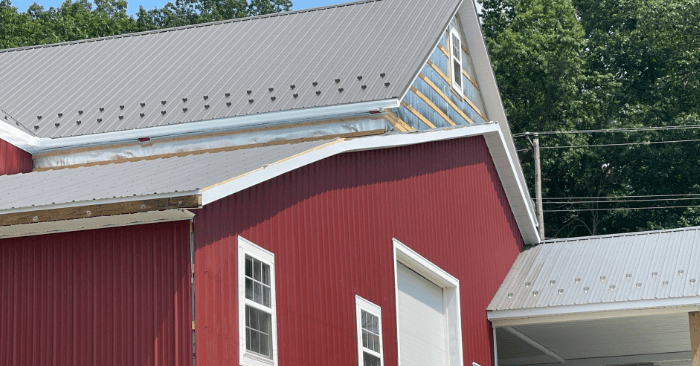
Attic Moisture and Mold
Your attic can reveal early roof issues. Moisture, condensation, or musty smells may point to leaks or poor ventilation. Mold growth signals ongoing moisture problems, which can harm both your home and your family’s health. A sound roof keeps water out and allows proper ventilation to prevent buildup.
Structural Integrity Issues
Signs your roof needs replacing often extend beyond surface-level problems to affect the structural integrity of your roofing system. These issues typically develop gradually but can lead to catastrophic failure if left unaddressed.
Sagging Roofline
A straight roofline is key to proper function. Dips or sagging often signal water damage and structural issues needing prompt attention. To check, stand at the end of your house and look along the ridge, any curve or wave means it’s time for a professional inspection.
Valley Damage
Roof valleys handle heavy water flow and often wear out faster, making them common leak points. Damaged or poorly sealed valleys let water in, causing leaks and structural harm. Check for cracked shingles, gaps, or exposed underlayment; valleys are key to proper drainage.
Chimney and Vent Flashing Issues
Flashing, metal that seals joints around chimneys, vents, and other roof penetrations; often fails before the surrounding roofing materials. Rusted, damaged, or missing flashing creates weak points where water can seep in and cause leaks or structural damage. Inspect flashing carefully for signs of wear or gaps. Properly installed and maintained flashing is essential for keeping water out and protecting your home.
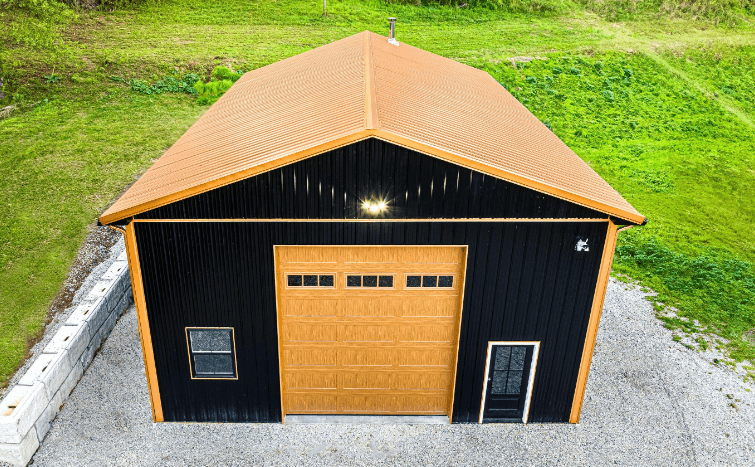
Weather-Related Damage That Signals Replacement Time
Severe weather events can significantly shorten your roof’s lifespan, sometimes necessitating replacement years before the expected end of its service life. How to tell if you need a new roof after severe weather requires careful inspection of these specific indicators.
Hail Damage
Hail can crack or dislodge granules on asphalt shingles, creating weak spots that let water in. Damage often appears as dark spots or divots and may not be visible from the ground. After hailstorms, a professional inspection is wise, as even small hail can cause serious harm, especially to aging roofs.
Wind Damage
High winds can lift, crack, or tear off shingles. Even intact shingles may have broken seals that let water in. Roof edges and ridgelines are most vulnerable, so inspect these areas after strong winds for damage.
Impact Damage
Falling branches or debris can puncture or crack roofing, creating paths for water to enter. After storms, inspect for impact damage and fix issues quickly to avoid leaks and structural harm.
The Energy Efficiency Connection
Does your home suddenly feel harder to heat or cool? Your roof plays a crucial role in your home’s energy efficiency, and declining performance might indicate it’s time for replacement.

Rising Energy Bills
Rising energy bills can signal roof problems. As materials wear down, they insulate less effectively, making your HVAC work harder. Compare current bills to past ones—unexplained spikes may point to roof-related efficiency loss.
Inconsistent Indoor Temperatures
Struggling to keep temperatures consistent, especially upstairs, can signal roof or attic insulation issues. Aging roofs lose efficiency, causing hot or cold spots. A new roof with proper insulation and ventilation can greatly improve comfort and energy use.
When Professional Assessment Becomes Essential
While this guide helps you identify potential roof problems, professional assessment provides the most accurate determination of your roof’s condition. We recommend professional inspection:
- After severe weather events
- When your roof approaches the end of its expected lifespan
- If you notice any of the warning signs discussed above
- As part of routine home maintenance (every 3-5 years)
Professional inspectors can safely access all areas of your roof and identify problems that might not be visible from the ground. They can also assess the condition of underlying structures and provide expert recommendations based on your specific situation.
Conclusion
Recognizing when to replace roof systems before they fail completely can save you thousands in potential damage and protect your home’s structural integrity. The signs we’ve discussed, from aging materials and exterior damage to interior leaks and structural issues, provide valuable early warnings that shouldn’t be ignored.
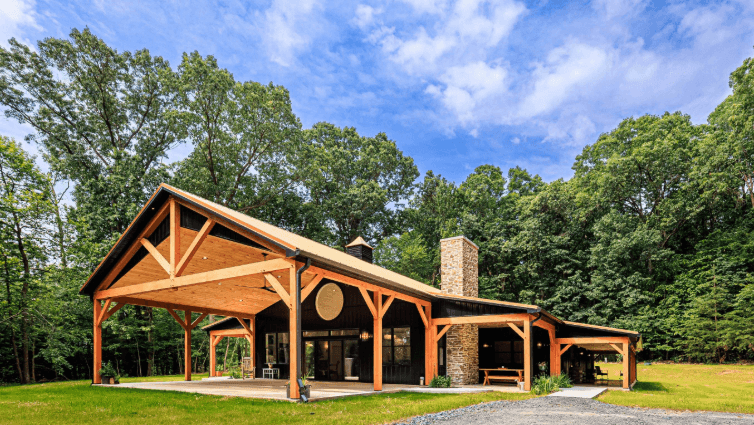
At JJ Builders, we believe in empowering homeowners with the knowledge to make informed decisions about their homes. Roof replacement represents a significant investment, but when necessary, it protects your even larger investment in your home and everything it contains.
If you’ve noticed any of the warning signs we’ve discussed, we encourage you to schedule a professional assessment. Early intervention often allows for more options and can prevent the cascade of problems that follow complete roof failure.
FAQs
How can I determine the age of my roof if I don’t know when it was installed?
Look for documentation from the previous owner, check building permits, or have a professional roofer assess the materials and wear patterns. Certain visual cues like shingle style and condition can help estimate age.
Can I replace just a section of my roof instead of the entire surface?
Partial replacement is possible but often not recommended. New materials typically don’t match aged existing materials in appearance or performance, and the labor costs for partial replacement are disproportionately high compared to full replacement.
Will my homeowner’s insurance cover roof replacement?
Insurance typically covers damage from sudden events like storms but not normal aging or wear. Document any storm damage with photos and file claims promptly. Professional assessment can help determine if damage qualifies for insurance coverage.
How long does a typical roof replacement take?
Most residential roof replacements take 1-3 days, depending on home size, roof complexity, and weather conditions. Larger homes or those with complex roof designs may require additional time.
What time of year is best for roof replacement?
While roofing can be done year-round in many climates, mild weather seasons (spring and fall) often provide ideal conditions. However, if your roof is actively failing, immediate replacement is recommended regardless of season.
JJ Builders – Trusted Roof Replacement Experts Across Pennsylvania
→ Spot roof issues early and avoid costly damage with help from our experienced team
→ Transparent assessments, quality materials, and expert craftsmanship you can count on
→ Protect your home, boost efficiency, and enhance curb appeal with a new roof
Schedule your free roof inspection today →
⭐⭐⭐⭐⭐ Trusted by homeowners across the Carolinas for reliable, high-quality work
Related articles
Ready to Build? Here’s How to Prep Like a Pro
How to Plan the Perfect Post Frame Builder for Your Property
Ready to start your next custom build?
Recent Posts
When it comes to designing your dream barndo, custom home, garage, or post-frame structure, one...
Metal roofing has become the top choice for Lancaster County homeowners and farmers. Traditional asphalt...
Why do property owners choose pole barns as their go-to construction option? Space constraints and...
The first step is a phone consultation.
If needed, we will meet with you in person as well!


Contact Us

Monday-Friday 8:00 am - 4:30 pm


